INVESTIGATIVE REPORTING PROJECT: The first wave of Asian American actors were Filipinos (Part 1)
By Renee Barabad FlorescaThis latest Investigative Reporting Project chronicles important milestones in Filipino American theater history in New York. The author, Renee Barabad Floresca, is an actor, director, educator and writer whose latest production, “Undressing the Fragments,” is playing Oct. 24th to 26th at Wow Café Theatre at the Lower East Side between Bowery and 2nd Avenue. — Editor.
Bruno Mars. Lea Salonga. Nicole Scherzinger. Vanessa Hudgens. apl.de.ap. Lou Diamond Phillips. Rob Schneider. Today, all of these Filipino artists are well known by the American community.
When I was a child, the only actor I could culturally identify as someone who looked like me was Althea Rae Janairo, better known as Tia Carrere, most famous for her roles in “Wayne’s World” 1 & 2 and the voice of Nani in the Disney flick, “Lilo and Stitch.”
How does one relate to the world, when the world we see — or don’t see — in media is not reflective of our personal world? Who can our community look to as a model of retaining cultural dignity and humanity in the commercial world?
Backstage and Casting Networks are popular websites that centralize audition opportunities for on-camera and theatre productions. In order to view current auditions, you have to pay a fee of anywhere from $5 to $15 a month depending on the type of account you open or register a full-time membership in the hundreds of dollars just to see what is out there.
As I scroll through posting after posting, I see a demand for performers with the description of “Caucasian female” or “Caucasian male” on these sites. The rarity and limited types of jobs offered to women with my cultural background can be frustrating. Actors of color are often cast in roles that are demeaning, one-dimensional or just overtly stereotypical. I do not want to submit to playing the Asian prostitute, your best friend, your nanny or your maid. I will not be the butt of jokes because I am Asian or Filipina American. And if we are complacent in accepting roles that are not complex, what are we saying about our talent?
My curiosity and feelings of exclusivity have led me to produce work of my own and support others who work similarly, to take action on the lack of roles for Asian Americans.
According to the Asian American Performers Action Coalition, Asian Americans represented only 3 percent of all casting in New York City of every Broadway show that opened in the 2011-2012 year; Filipinos represent a large percentage of those Asians who work as full-time performers.
Is America unprepared to represent stories that portray Asian Americans as complex individuals worthy of a full-length story? Is America too stubborn to acknowledge that there is a place for Asian Americans in commercial artwork? Is Asia America too complacent with the roles that have been written for us? I decided to search more deeply to find artists in our community who are working and sustainably living in the commercial world.
FilAm pioneers
Asian American theatre began in the 1960s through 1970s in California, both in San Francisco and Los Angeles. Prior to this, actors of Asian American descent were still considered “Oriental” and were only cast for roles that were overtly racist or stereotypical, such as “The King and I” and “Flower Drum Song.”
“A lot of the actors that went into the arts were Filipinos. Theatre in the Philippines was western-based, plus Filipinos spoke English very well. The first wave of As Ams in the arts were Filipinos,” noted well-known actor, writer and the Director of Ma-Yi Theatre Company Ralph B. Peña during an interview about his personal experience as a performing artist in New York.
Mia Katigbak is another award-winning actor, Artistic Producing Director and co-founder of the National Asian American Theater Company (NAATCO) whose objective is to promote Asian American theatre artists “to more accurately represent onstage the multi- and intercultural dynamics of our society.” As performer, she has received many awards, including her recent Obie for her raving performance in “Awake and Sing” about a down-on-its luck Jewish family in the Bronx.
In her acceptance speech in May 2014, she shared how there was some “resistance to Asian Americans performing in this classic masterpiece of a story about immigrants who were contending with economic, social and familial challenges,” audience members giggled at the irony of her point.
“This is the 21st century and I don’t think it really requires a stretch of the imagination to accept that somebody who looks like me could culturally identify as Scandinavian, or Mississippian, or Canadian, or South American. The world just looks differently now,” Katigbak added, and audience members wildly clapped at her dream to envision a diverse world for performance artists.
Katigbak is a powerhouse to reckon with. At NAATCO, she has support from artists and leaders, but typically she is a one-woman show. “I choose the plays, I get the teams together, I hold auditions, I read for auditions, and I raise the money and I throw out the trash,” Katigbak said when we sat down to discuss her contributions to the performing art scene as a Filipina.
Lydia Gaston is the first of many New York City creative heroes I have met. Since she arrived in New York City, Gaston has worked with the likes of Artistic Theatre Director Rachel Lampert of the Kitchen Theatre Company in Ithaca, dancer-choreographer Bob Fosse, and director Susan Stroman. She has been cast in “Jerome Robbins’ Broadway,” three Ma-Yi plays, and three Pan Asian Repertory productions. She was the understudy for Maria in “West Side Story” and Lady King in “The King and I,” to name only a few of her list of credits. Much of Gaston’s training came from learning on the job, as she was traditionally a dancer. But like many artists, she works towards her passion.
“When I was younger, especially when I was trying out for ballet companies, it was really hard to be considered if you didn’t look like the classical type, and I was Asian,” Gaston said in an extensive interview that detailed her rich and diverse experience in New York’s performing arts world.
“We have to get them to understand that being Asian American, isn’t just being Asian. Because identity is fluid and we negotiate that… it’s something we perform every day. Something that a white person doesn’t know anything about,” Peña said.
Ralph B. Peña, Mia Katigbak and Lydia Gaston are just a few names of many who challenge the status quo by their presence, intellect and work in New York City. They are some of the many living Filipino theatre legends in America, and many of us must pay gratitude for the paths they have paved for our community to rise in the arts.
NEXT: ‘Here Lies Love’ provides full-time jobs to FilAm actors
The FilAm’s Investigative Reporting Project is made possible through the generous support of our readers and contributors including the following:
Consuelo Almonte
Melissa Alviar
Amauteurish.com
Bessie Badilla
Sheila Coronel
Joyce and Arman David
Menchu de Luna Sanchez
Kathleen Dijamco
Jen Furer
Marietta Geraldino
Dennis Josue
Lito Katigbak
Rich Kiamco
Monica Lunot-Kuker
Michael Nierva
Lisa Nohs
Cecilia Ochoa
Rene & Veana Pastor
John Rudolph
Roberto Villanueva
2 anonymous donors

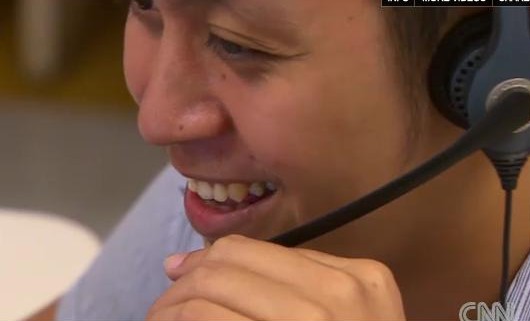
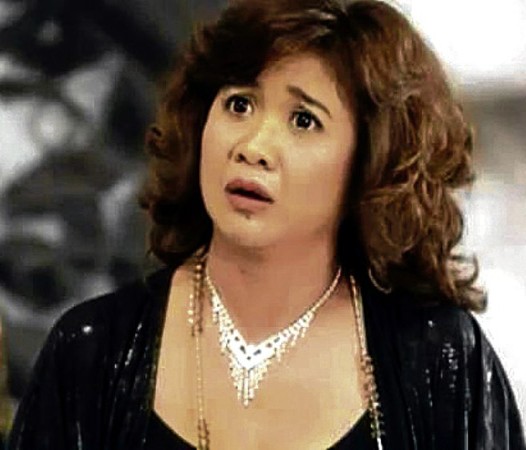
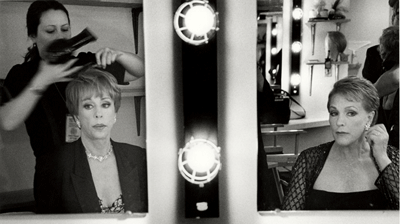
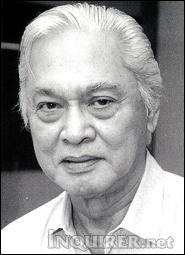
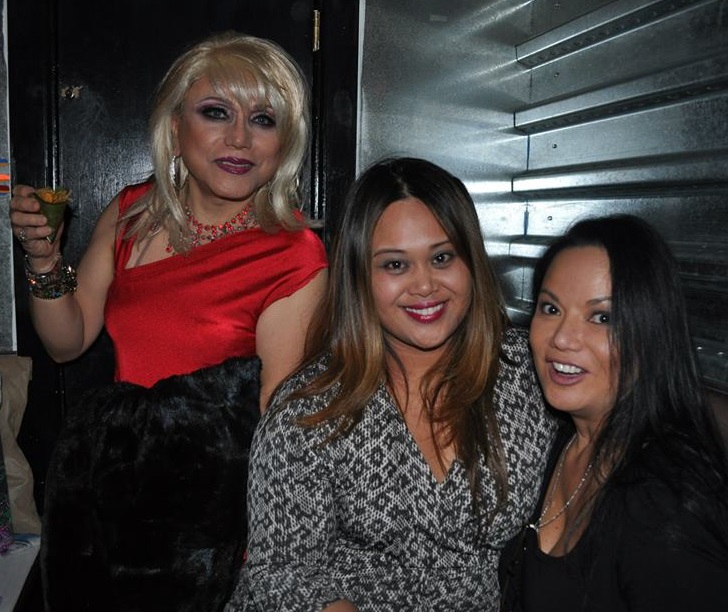

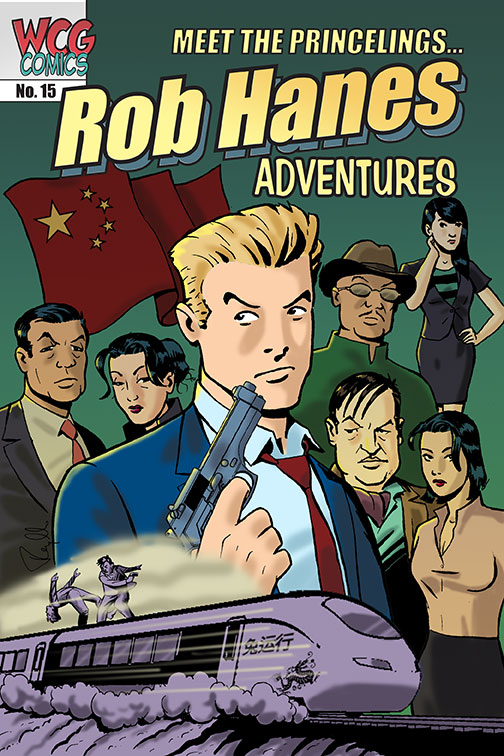
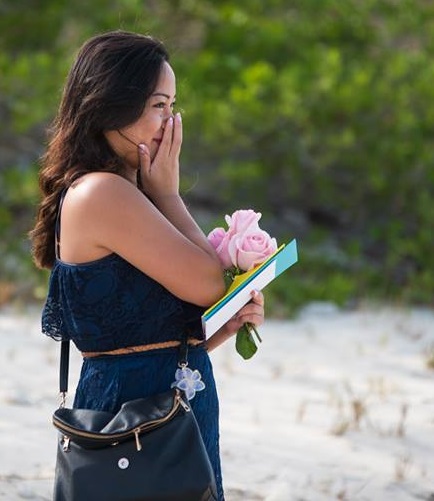
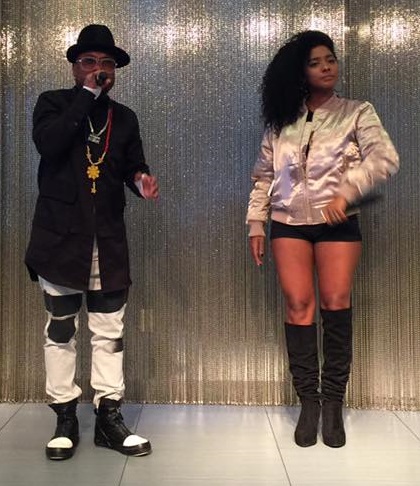

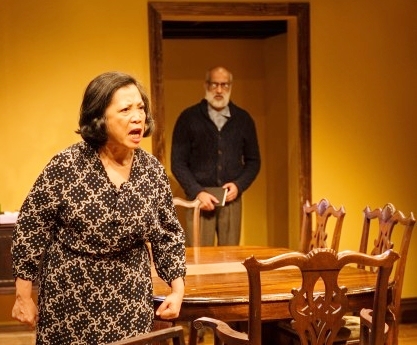
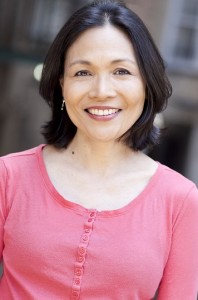
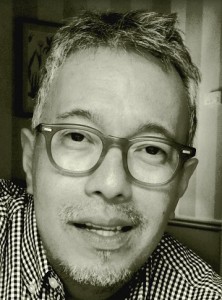

[…] INVESTIGATIVE REPORTING PROJECT: The first wave of Asian American actors were Filipinos (Part 1) […]
[…] Part 1: The first wave of Asian American actors were Filipinos […]